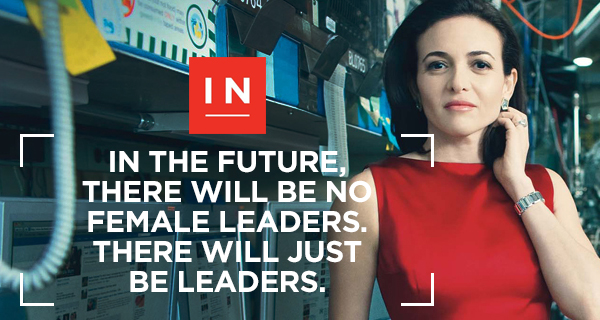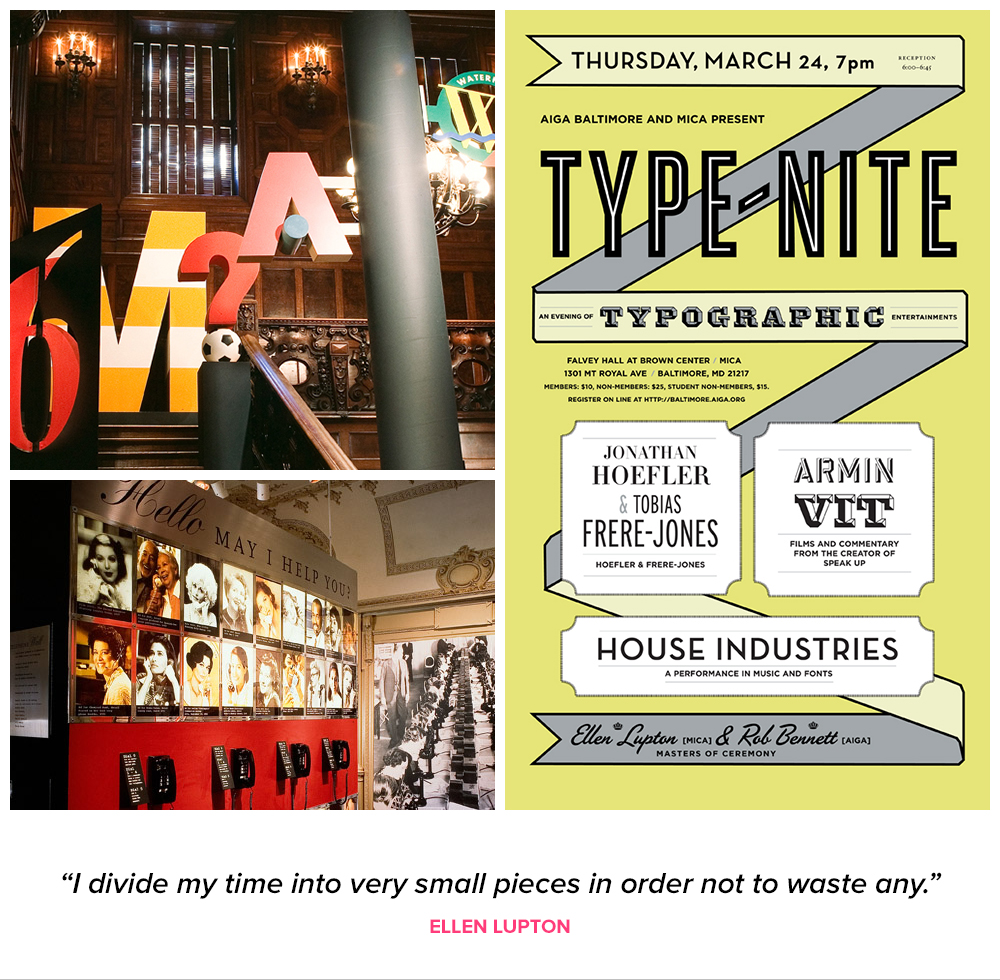Decoding the Discussion: Girls + Tech
We're all probably familiar with the controversial Barbie book I Can Be a Computer Engineer, by now, right? It sparked outrage with its sexist portrayal of women as helpless tech novices who need to call the boys when it's time to code. But it sparked something else, too. Discussion. Awareness. Most importantly, revision! Women everywhere revised the story, posting and sharing and starting discussions about how we can change the pattern of sexism in the tech world. Coder Kathleen Tuite even made a tool so anyone could rewrite their own stories within the book's pages.
We want to continue this discussion with the second in our STEAM series, T for Technology, by sharing thoughts from women who are helping girls (and everyone else) think of technology in new ways. Our new pattern by artist Terri Fry Kasuba features a secret message to decode! We hope these insights, videos, and designs will inspire you to start a chat with a girl in your life about the magic of technology and the limitless potential of what it can help her achieve!
T for Technology
T is for TECHNOLOGY. Terri Fry Kasuba. November 2014. CLICK IMAGE TO DOWNLOAD MOBILE PATTERN
Terri Fry Kasuba
T is for TECHNOLOGY. Terri Fry Kasuba. November 2014. CLICK IMAGE TO DOWNLOAD DESKTOP PATTERN
T is for TECHNOLOGY. Terri Fry Kasuba. November 2014. CLICK IMAGE TO DOWNLOAD FACEBOOK COVER PATTERN
Terri's patterns are also available on everything from iPhone cases to notecards! You can help to support STEAM learning that respects girls as thinkers, problem solvers, and innovators when you purchase items from Terri's STEAM collection. For a limited time, 100% of artist proceeds (for TECHNOLOGY) will go to Pretty Brainy®, a nonprofit organization dedicated to boosting girls' interest in STEAM.
Thought Starters
Interested in starting a discussion? Here are some quotes and videos to inspire you!
We must understand what girls value and appeal to those values academically...
Let's create environments where girls can collaborate and bond with one another over problem solving that they value and that values them.
Watch Heidi Olinger, Founder/CEO, Pretty Brainy
When you put your first few lines of code together and suddenly it says Hello World! That moment is indescribable... Everyone wants to play. Everyone wants to invent. Everyone wants to create. And code allows you to do that. It doesn’t matter whether you’re a girl or a boy.
Watch Ayah Bdier, Founder/CEO, littleBits
In order to dream big in the field of future fashion, I think it’s essential to know a little bit about code.
Watch Maddy Maxey, Creative Apparel Technologist





























